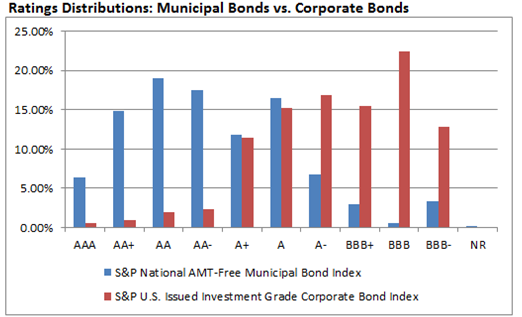Today’s nomination by President Obama of Janet Yellen as the next chairman of the Federal Reserve is very welcome. Yellen’s knowledge of the Fed, the banking system and the economy is second to none. No one, except possibly Ben Bernanke, has more experience on the job.
While Janet Yellen’s nomination is very likely to be approved by the Senate, there will be some sharp questioning during the hearings before the Senate Banking Committee. Just as the Fed Board itself has differing opinions about the economy and the proper timing for winding down QE3, a number of Senators also have ideas. Moreover, since Yellen has been Vice-Chair since 2010 and worked closely with Bernanke, she will be asked to explain and defend some of his actions. There are elements of current Fed policy other than QE3 which should be discussed: should the Fed continue to open up and increase its visibility and transparency, should it make more use of future commitments and forecasts in implementing monetary policy and can it manage investors’ expectations. These go more deeply into how the central bank should operate and will give the Banking Committee more insight into Janet Yellen’s approach to central banking. Beyond Fed policy, questions could touch on “too big to fail” banks, bank capital ratios or what Dodd Frank looks like in 2013 and 2014.
One issue we’re likely to hear too much about is printing too much money, setting the stage for inflation and debauching the currency. Printing too much money is an old argument that may never have contained much truth and which certainly doesn’t apply now. Those who fear that the Fed’s recent policies of buying government securities and expanding its balance sheet will cause massive inflation need to explain why the inflation isn’t here. Quantitative easing is no longer new and inflation is, if anything, too low.
The posts on this blog are opinions, not advice. Please read our Disclaimers.













































